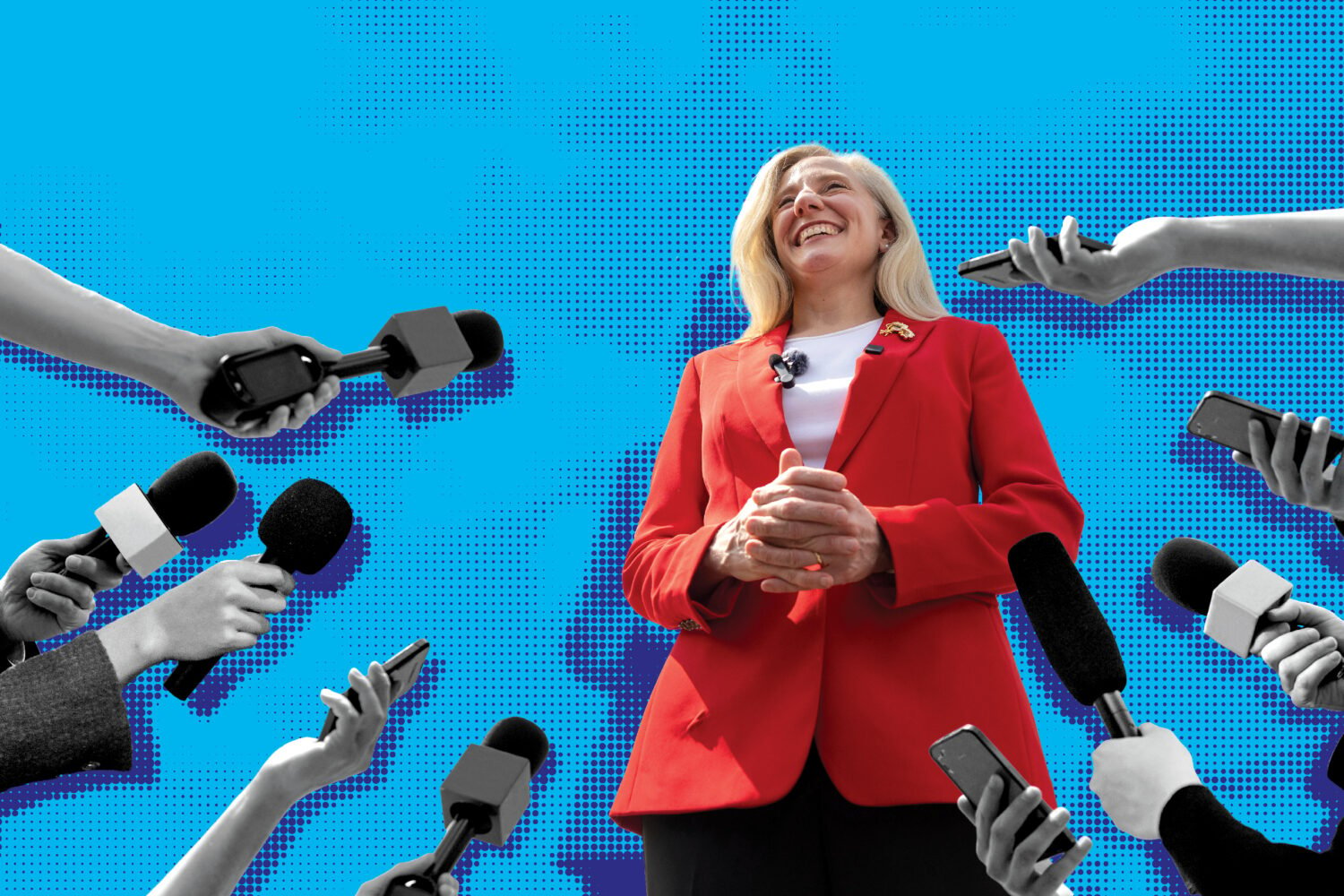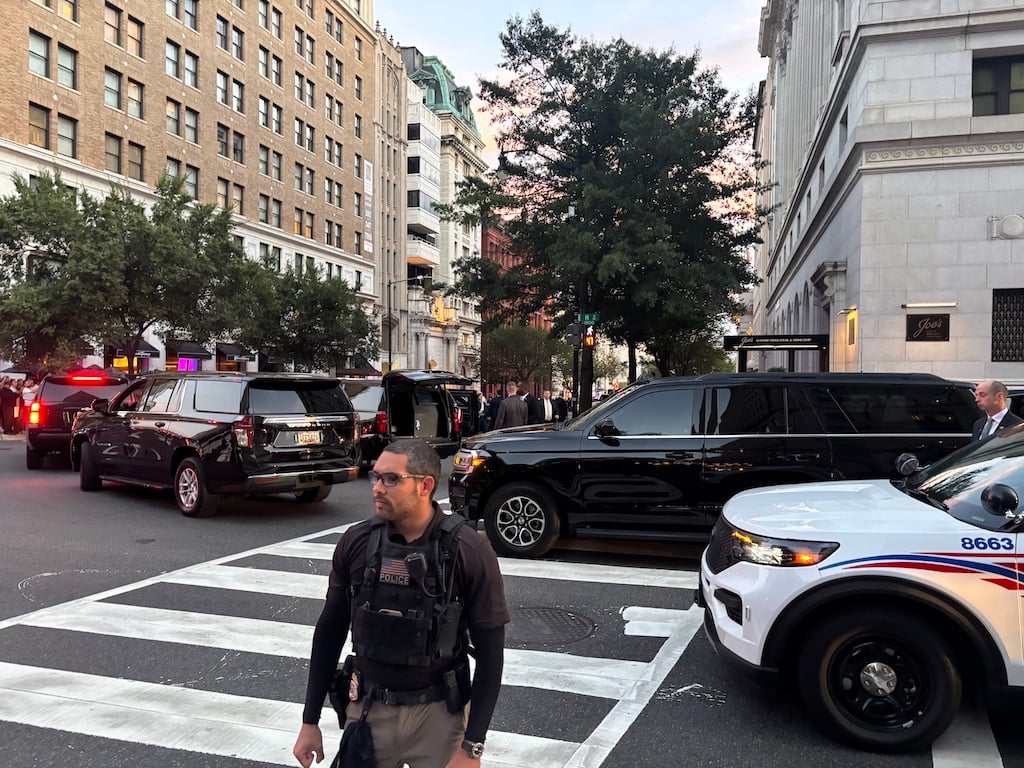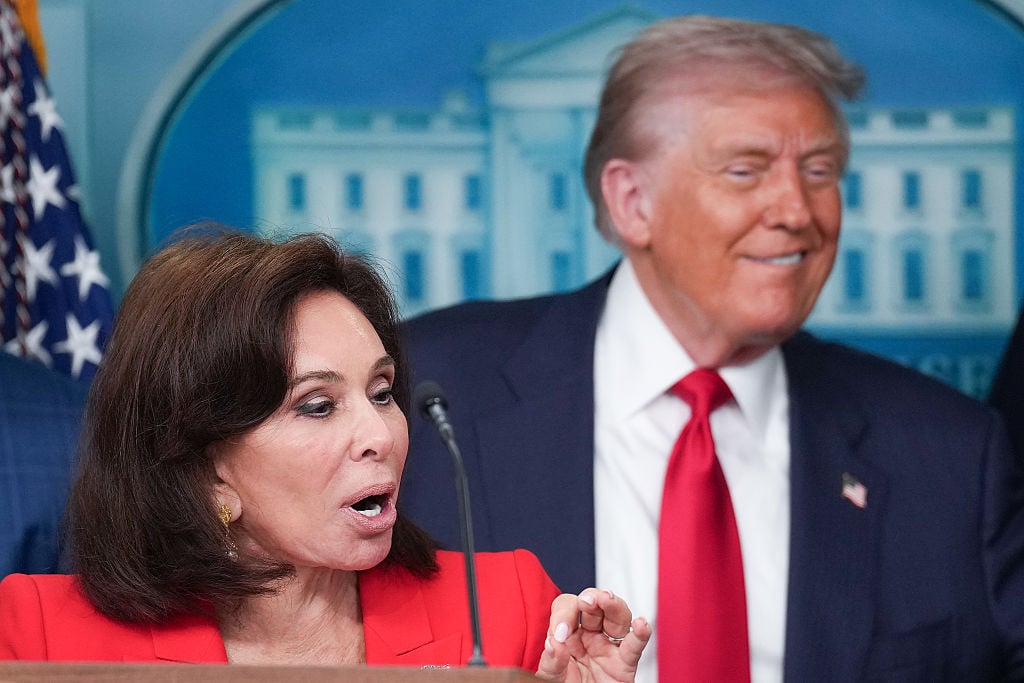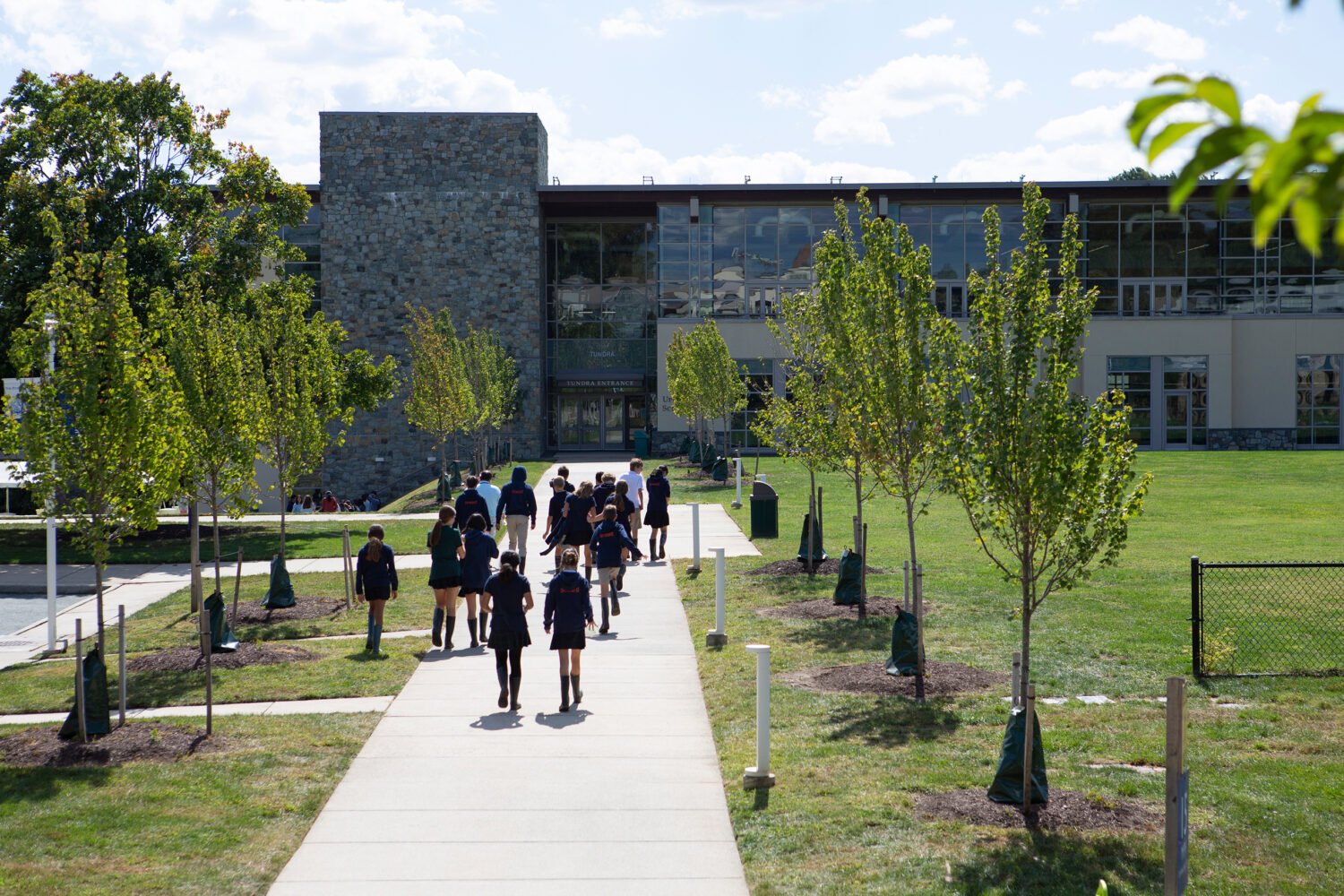Donald Trump hates the FBI building. “It’s one of the brutalist-type buildings, you know, brutalist architecture,” he reportedly told someone who spoke with Axios reporter Jonathan Swan. “Honestly, I think it’s one of the ugliest buildings in the city.”
Trump may have finally found something that many people in the DC area agree with. Due in part to the Redevelopment Act of 1945, this region is one of the world’s best places to see brutalist architecture, whose name derives not from the blocky appearance of many of its structures but béton-brut, a French term for raw concrete. Some of the most recognizable structures in the Washington area are brutalist: the Hirshhorn, the main terminal of Dulles, the vaulted ceilings of Metro stations.
But when these buildings are threatened, it’s a little hard to find their fans. “The ugliest church in D.C. will be knocked down” was a typical headline when the the Third Church of Christ, Scientist at 16th and Eye got a date with a wrecking ball. Marcel Breuer‘s American Press Institute building in Reston (a center of midcentury architecture as well as the home of the brutalist Lake Anne Village Center) initially got a reprieve when a homebuilder wanted to send it to oblivion, but that didn’t last long.
A small, vocal cult has grown around brutalist architecture, and yet the style is still a tough sale for many people. And as Deane Madsen writes in the introductory text for the excellent Brutalist Washington Map, “these concrete structures require maintenance for which budgets have often been minimal.” That’s certainly been the case for the FBI building, which was designed by C.F. Murphy Associates and dedicated in 1975. Tourists hate it, and it’s falling apart. This February Trump reversed a plan to knock it down and move FBI headquarters to somewhere in the suburbs. Among his stated reasons for doing so was a claim that it would be cheaper to build in place than start fresh out in the ‘burbs. (That claim has met with some skepticism.)
One thing a fancier FBI building would achieve, though, is a nicer looking streetscape on Pennsylvania Avenue, Northwest, especially as it sits across the street from a large Romanesque building, a hotel whose owner is otherwise unpopular in DC.




















